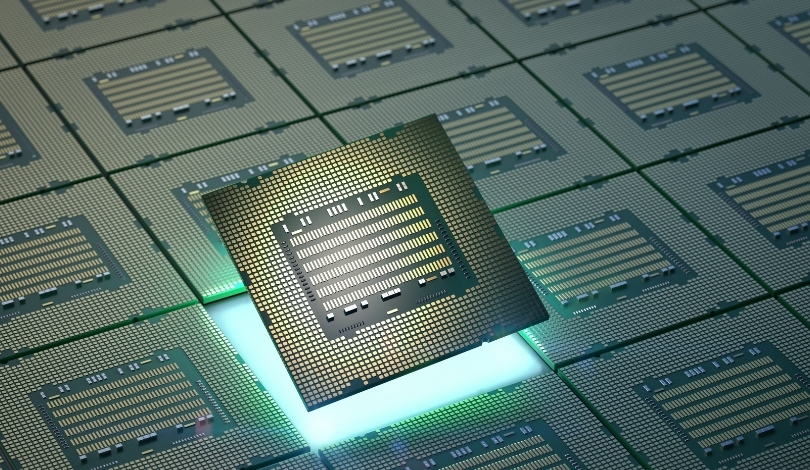CAS latency plays a crucial role in the performance of computer memory, directly affecting how quickly data can be accessed by the processor. Enthusiasts and professionals alike pay close attention to this metric when selecting RAM for their systems. With advancements in memory technology, understanding the nuances of CAS latency can lead to significant improvements in overall system efficiency.
Recent developments in RAM technology have seen a shift towards lower CAS latency modules, aiming to provide faster data access and improved performance. Compared to earlier generations, modern RAM offerings from brands like Corsair and Kingston boast reduced latency times, enhancing the speed at which applications run. This evolution reflects the industry’s response to the growing demand for higher performance in computing tasks.
What Is CAS Latency and How Does It Affect Performance?
CAS latency, or Column Address Strobe latency, measures the delay between a command to access a memory column and the moment the data becomes available. Lower CAS latency values indicate faster response times, which can enhance the performance of memory-intensive applications.
“Reducing CAS latency is essential for achieving optimal memory performance,”
explains a senior engineer at G.Skill.
Which Brands Offer the Best CAS Latency?
Leading memory manufacturers like Corsair, Kingston, and G.Skill offer a range of RAM modules with varying CAS latencies to cater to different performance needs. These brands continuously innovate to produce memory that not only boasts low latency but also maintains high stability and compatibility with various systems. Consumers are advised to consider both latency and frequency when selecting RAM to ensure balanced performance.
How to Choose the Right CAS Latency for Your Needs?
Selecting the appropriate CAS latency depends on the specific requirements of the user and the intended applications. Gamers and content creators may benefit from lower latency modules to achieve smoother and faster performance, while general users might prioritize higher capacity over minimal latency. Evaluating the balance between latency, capacity, and budget is key to making an informed decision.
As the RAM market continues to evolve, manufacturers are striving to strike the right balance between latency and other performance metrics. Consumers now have access to a wider range of options, allowing for more tailored memory solutions that meet their specific needs. Staying informed about the latest advancements in CAS latency can help users make better choices for their computing setups.
Understanding CAS latency is fundamental for anyone looking to enhance their computer’s performance. By considering the latest offerings from reputable brands and evaluating personal performance needs, users can optimize their systems effectively. Additionally, keeping abreast of industry trends ensures that memory configurations remain up-to-date with technological advancements.










